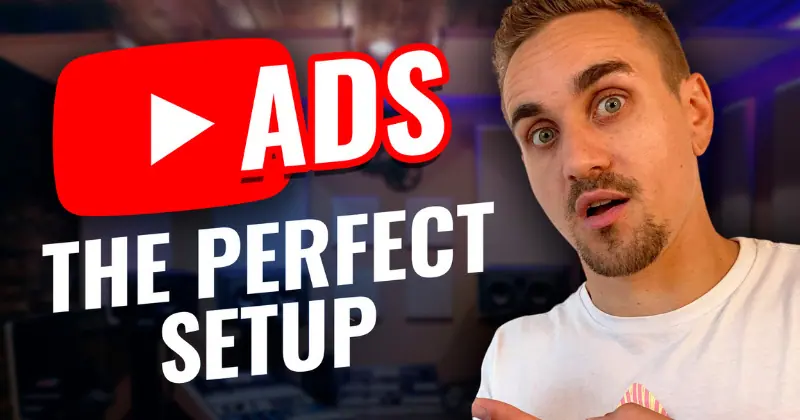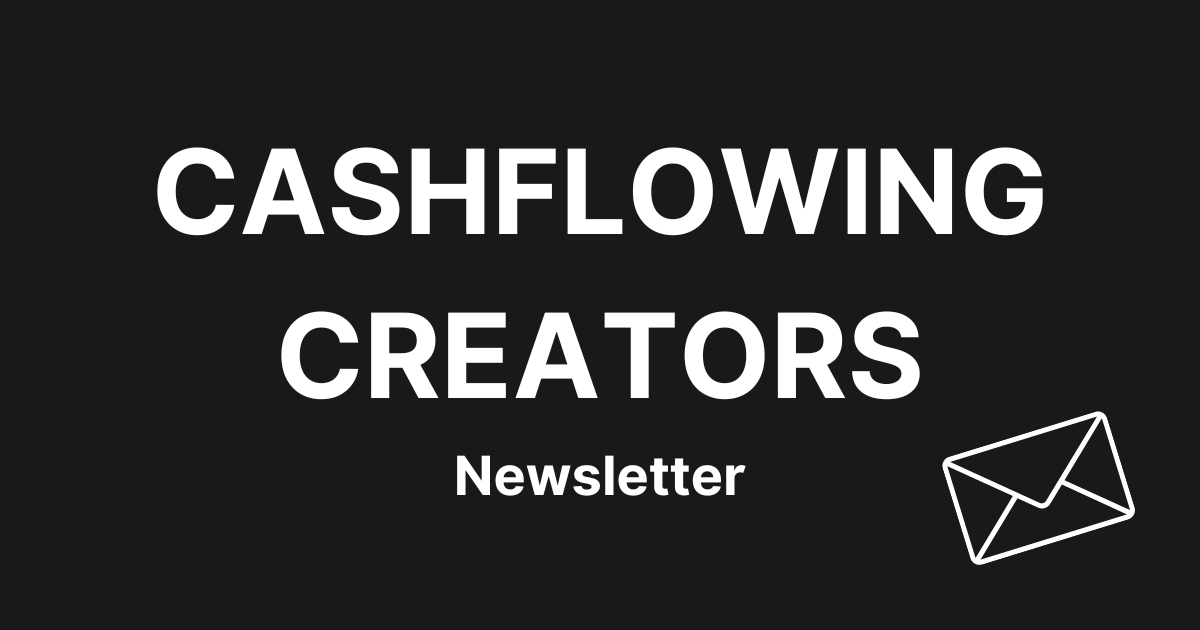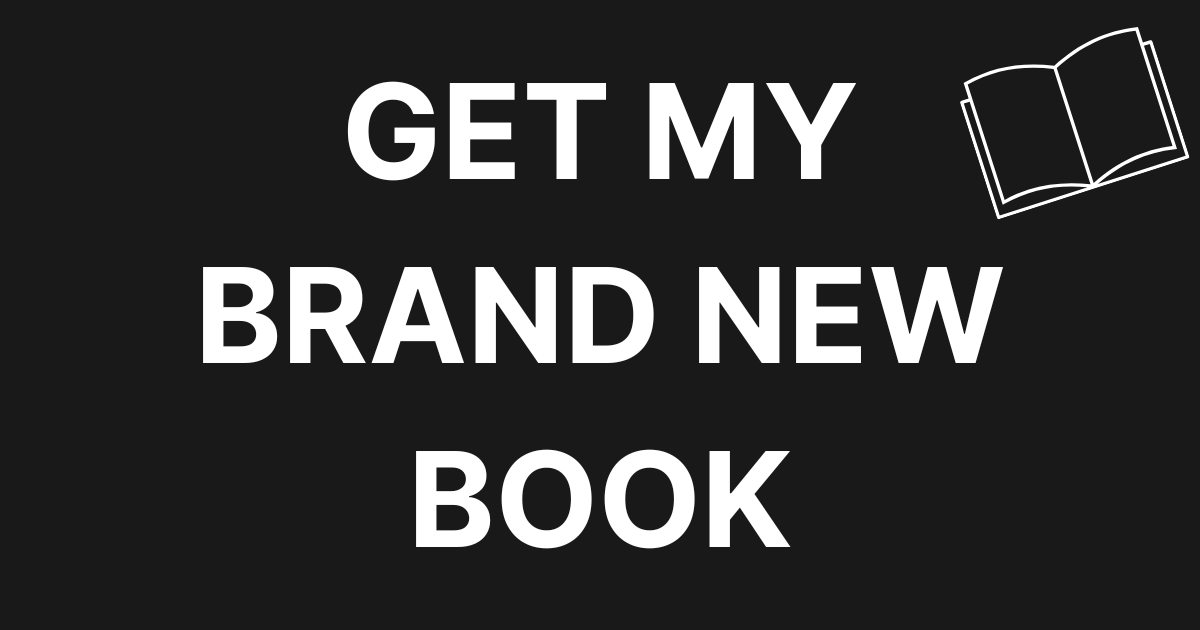Ready to level up your YouTube ad campaigns and get better results?
In this video, you’ll get to see our formula on how to structure your YouTube ad campaigns to maximize ROI.
This simple yet powerful structure gives you total control over your ad spend and ensures you’re reaching the right audience with the perfect message.
We’ll dive into the importance of isolating variables, testing different headlines, and tweaking ad copy to optimize your campaigns.
Whether you’re just starting with YouTube advertising or fine-tuning your existing campaigns, this video has got you covered.
What is the best way to structure a YouTube ad campaign? So actually just finished doing an audit on an account. And I’ve seen this quite a few times where one of the things that we do is come in and we just help them restructure their campaigns and simply by restructuring their campaigns, they have more control and they can get better results using all of the assets they have now. And this one campaign structure that I’m gonna share with you in like 30 seconds is what has worked really well for us across the board. We’ve tried a bunch and inevitably this always is the winner. So the campaign structure that we use on all of our accounts is really simple. It’s one campaign, one ad group, and one to three ads. That’s usually what we have in pretty much all of our accounts. So if you’re coming over from Facebook, you might be more familiar with having one campaign with a bunch of ad sets and then a number of ads inside of those ads.
That’s a very common Facebook ad structure because you can control the budgets at the ad set level.
Now over on YouTube and with Google Ads, you control the budget at the campaign level. And so if we wanna control how much budget is going into a particular audience, we need to have that set at the campaign level. The problem is if you have multiple ad groups in a campaign, you cannot control how much budget goes to each ad group. And so that budget is automatically spent out by Google against all the different ad groups and you don’t have control over that. So the campaign structure that we have found works best is just that one campaign, one ad group, and then one to three ads. We will typically start with just the same core control ad in each ad group. And the reason why is cuz we wanna have maximum control.
We wanna know exactly what messaging is going in front of what audience to figure out what works best. Now sometimes what we’ll do is we’ll have the exact same ad in an ad group two or three times and we’ll just test little things like headlines, and copies to see what performs better. We don’t really expect that one of those is gonna wildly outperform the other, but what we do expect is that one will probably do a little bit better than the other. And then we will have d completely different ads in completely different campaigns. So again, what we’re trying to do is isolate our variables. What is the audience that we’re testing and what is the messaging that they are seeing? Now as we start to collect data and things start to convert and we’re making money, sometimes we will create campaigns that are one campaign, one ad group, and then maybe two to three different ads because there are two to three best ads.
They don’t necessarily have to be the exact same one, but that’s usually something that happens. Once we’ve run ads for a few weeks, we’ve figured out what works and we’re kind of moving forward to more of a scaling strategy. But in the very beginning, it’s really simple. It’s one campaign, one ad group, and then one ad inside of that ad group. And again, we might have the exact same ad twice where we’re testing a different headline, but it’s usually a very small amount of variables cuz we don’t wanna introduce too many variables at the beginning. If you’ll do that, you have way more control over your campaigns because again, this account that I audited, they had one campaign, they had like five ad groups in that campaign and they had three or four ads in each ad group. The problem is they just didn’t have control to spend money on what ads were working best and what audience working best. Simple restructure one campaign, one ad group, and one ad. All of a sudden now you have total control. You can scale up your budgets and scale them down based on what you see as working. So try that out. If you need some more tips on how to run better YouTube ads, I’ve actually got a whole video right here about how you can get started running YouTube ads. So check this out and I will see you over there.




0 Comments